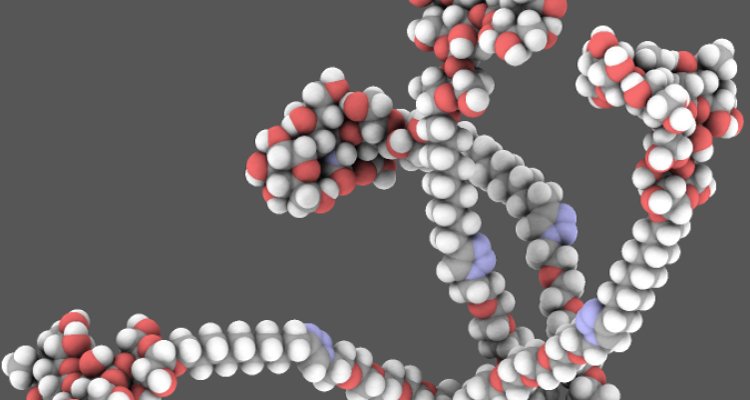
Nanopatterning on silicon surfaces

Supervisor: Han Zuilhof
Email: Bart.Rijksen@wur.nl
Tel. 0031 317 489268Introduction
Recently our group reported the mildest method yet for fabrication of covalently attached monolayers on silicon1. Mild methods like this open up the way for bio-functionalization of the surface2. However, the reaction times, in the range of hours, are too long for industrial application. In order to speed up, more detailed mechanistic knowledge is required!According to current hypothesis, attachment is initiated by nucleophilic attack on delocalized radical cations at the silicon surface. By studying low molecular weight model compounds, that give a good representation of hydrogen-terminated silicon surfaces (Fig. 1), we aim to investigate this radical cation initiation.

Goal
If the current hypothesis proves correct, stabilizing delocalized radical cations at the silicon surface may play an important role in the speed-up of the monolayer fabrication process. The goal of the project is to develop faster methods for mild attachment and to create nanoscale patterns on the silicon surface.Fields of interests
Photochemistry, silicon, surface chemistry, self-assembled monolayers and semiconductors.
[1] L. Scheres, A. Arafat, H. Zuilhof, Langmuir 2007, 23, 8343.
[2] Zuilhof and co-workers, J. Am. Chem. Soc. 2005, 127, 2514.